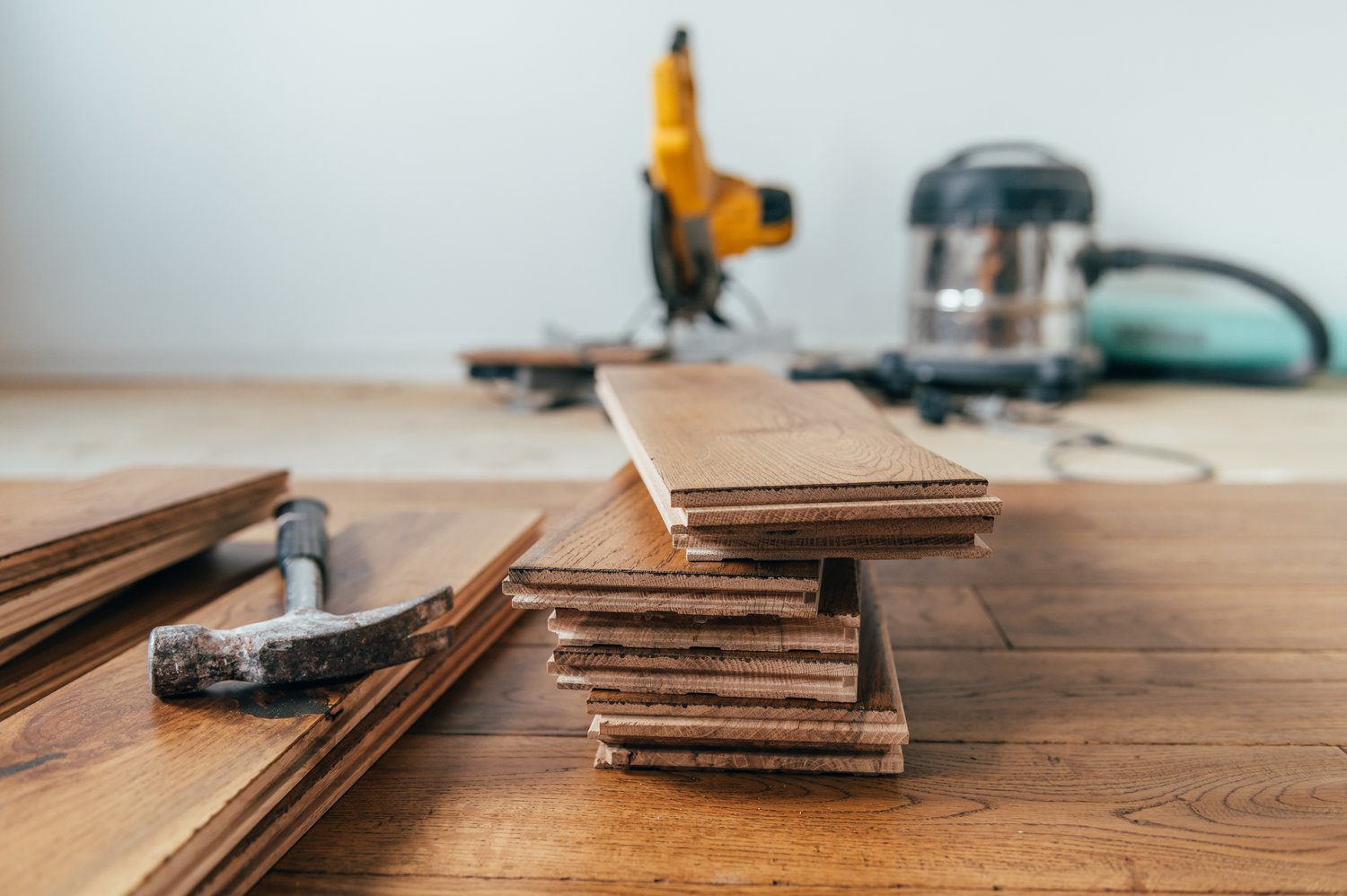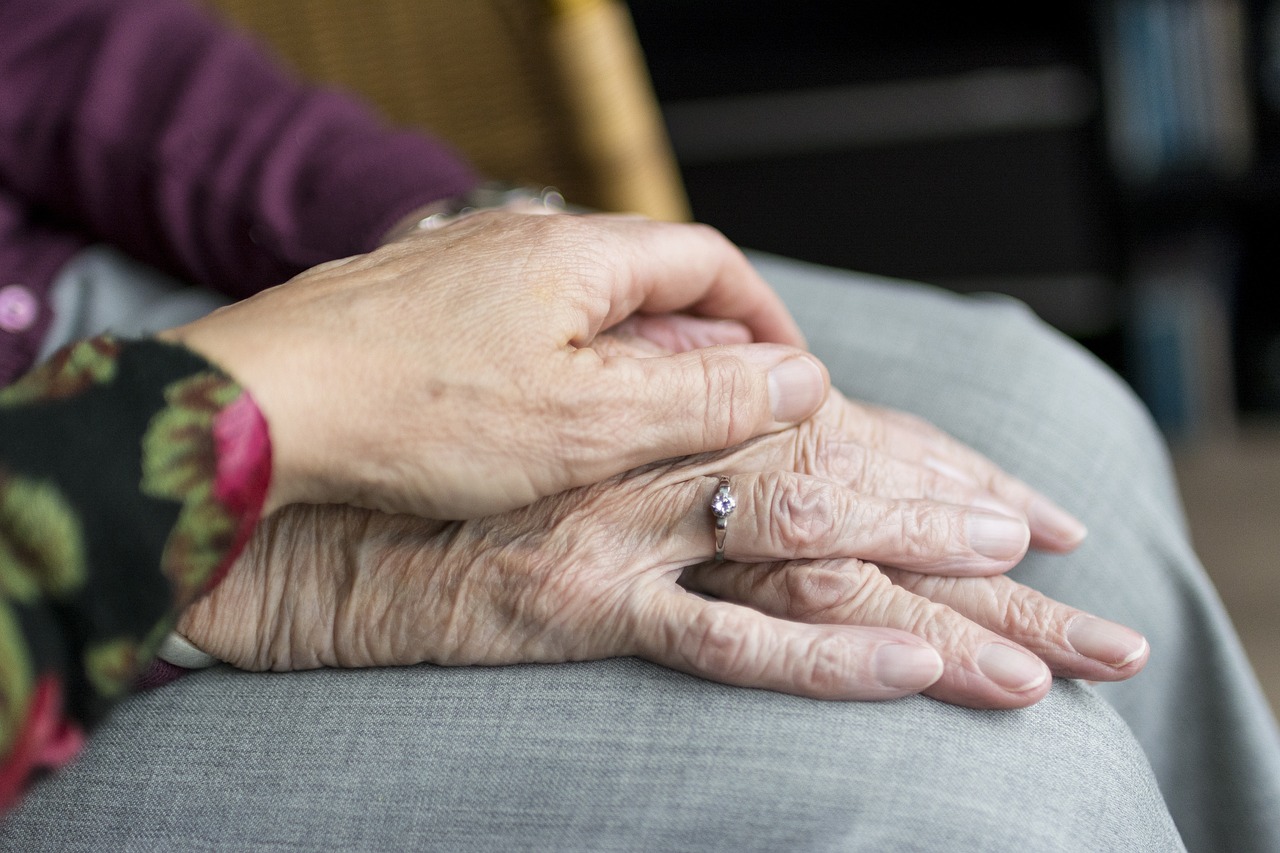Fire pits have become a beloved feature of outdoor living spaces, creating a warm and inviting atmosphere for gathering with family and friends. However, the enjoyment of your backyard fire pit comes with important responsibilities to ensure safety for everyone. Understanding local fire pit safety regulations, proper placement techniques, safe fuel usage, and essential precautions can significantly reduce the risk of accidents. This comprehensive guide will walk you through everything you need to know to safely enjoy your outdoor fire feature while complying with relevant backyard fire pit rules.
Understanding Local Fire Pit Safety Regulations
Before installing or using a fire pit, familiarizing yourself with local regulations is essential. Fire pit safety regulations vary significantly depending on your location, with some areas imposing strict guidelines while others maintain more relaxed standards. Many municipalities require permits for permanent fire pit installations, while others may have seasonal restrictions during dry periods or high fire risk seasons.
Contact your local fire department or city hall to obtain specific information about regulations in your area. Common restrictions include minimum distance requirements from structures, property lines, and overhanging trees. Some locations may completely prohibit open flames during certain weather conditions or seasons. Understanding these rules before installation can save you from potential fines and, more importantly, prevent dangerous situations. The professionals at AskHomey always ensure compliance with local codes when installing outdoor fire features, making safety their top priority.
Safe Fire Pit Placement
Proper placement is one of the most critical aspects of fire pit safety. When determining the ideal location for your backyard fire pit, consider both convenience and safety factors. The general rule is to position your fire pit at least 10-25 feet away from any structures, including your home, shed, fence, or overhanging trees. This distance may vary based on local backyard fire pit rules, so always verify with local authorities.
Choose a level surface for your fire pit to prevent tipping or uneven burning. Avoid placing fire pits on wooden decks unless specifically designed for such installation with proper heat shields. Instead, opt for stone, concrete, pavers, or gravel bases that won’t catch fire from stray embers. Additionally, consider wind patterns in your yard – position the fire pit where smoke won’t consistently blow into your home’s windows or seating areas. Remember that safe fire pit placement isn’t just about initial installation but also includes maintaining clear space around the pit during each use.
Fire Pit Fuel Safety
The type of fuel you use in your fire pit significantly impacts both safety and enjoyment. Wood-burning fire pits are traditional favorites but require additional precautions compared to gas alternatives. When using wood, stick to seasoned hardwoods like oak, maple, or hickory that burn cleaner with less smoke and sparks than softwoods or pressure-treated lumber. Never burn household trash, paper with colored ink, or treated wood, as these can release toxic chemicals.
For gas fire pits, ensure all connections are secure and regularly check for leaks using a soapy water solution. Keep spare propane tanks stored upright in well-ventilated areas away from direct sunlight and heat sources. If using natural gas, installation should always be performed by certified professionals. Regardless of your preferred fire pit fuel, safety begins with proper selection and storage practices. Always keep a designated container for ash disposal and ensure ashes are completely cool before discarding them.
Preventing Fire Pit Accidents
Even with proper placement and fuel selection, fire pit accidents can still occur without ongoing vigilance. The key to preventing fire pit accidents lies in establishing clear safety protocols and consistently following them. Always keep a water source nearby – whether a garden hose, bucket of water, or fire extinguisher – to quickly address any flare-ups. Consider investing in a mesh spark screen to contain flying embers, especially in areas with dry conditions.
Never leave a fire unattended, even for brief periods. This rule is particularly important when children or pets are present. Establish a clear safety perimeter around the fire pit and teach children about fire safety from an early age. Avoid using accelerants like gasoline, lighter fluid, or alcohol to start or intensify fires, as these can cause dangerous flare-ups. When finishing for the evening, completely extinguish the fire by spreading out embers and dousing them thoroughly with water until all hissing sounds stop and no glowing embers remain.
Seasonal Considerations
Fire pit usage requires different precautions depending on the season. During dry summer months, be particularly vigilant about checking for burn bans and maintaining greater clearance distances. In autumn, regularly clear fallen leaves from around your fire pit area as they can become instant fuel for stray sparks. Winter use often involves closer seating arrangements for warmth, making boundaries and safety rules even more important. By adjusting your practices seasonally and maintaining consistent safety standards, your backyard fire pit can be enjoyed safely year-round.
For more tips and to connect with reliable home service professionals, follow AskHomey on Facebook and Instagram.



